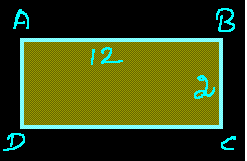Tense is one of the most important concepts in English Grammar learning. Tense in English grammar is a category that refers to a situation in time. This concept of time is classified into three types of tenses, namely: Present Tense, Past Tense and Future Tense. Let’s have a look at each of the type of tenses.
Present Tense:
Present tense is a type of tense that refers to the current time. In simple terms, the tense that is a verb referring to the action or expression of present is called present tense. For example:
• She is listing down return gift ideas for the party. (Here, it is present tense because ‘she’ is listing down the return gift ideas in the present time.)
• Sana is exploring the online infant shopping India collection. (Here, it is present tense because ‘Sana’ is exploring the online infant shopping India collection in the present time.
• I am eating. (Here, ‘I’ am eating at the present time.)
Past Tense:
Past tense is a type of tense that is a verb referring to an action or expression in the past. For example:
• Mary’s cousin bought nappy pads online sometimes back. (Here, the sentence is referring that Mary’s cousin has bought nappy pads online in the past.)
• I had a heavy lunch this afternoon. (Here, it is past tense as the sentence is referring to the lunch happened in the past)
• I was eating. (Here, I was eating at the past time.)
Future Tense:
Future tense is a type of tense that expresses actions or state something in future. For example:
• India will be having many new online stores in the near future. (Here, the verb is referring to a situation in future.)
• My niece will start going to school from next year. (Here, niece will go to school in future.)
• I will eat. (Here, I will eat in future)
These are the three types of tenses in English Grammar.


